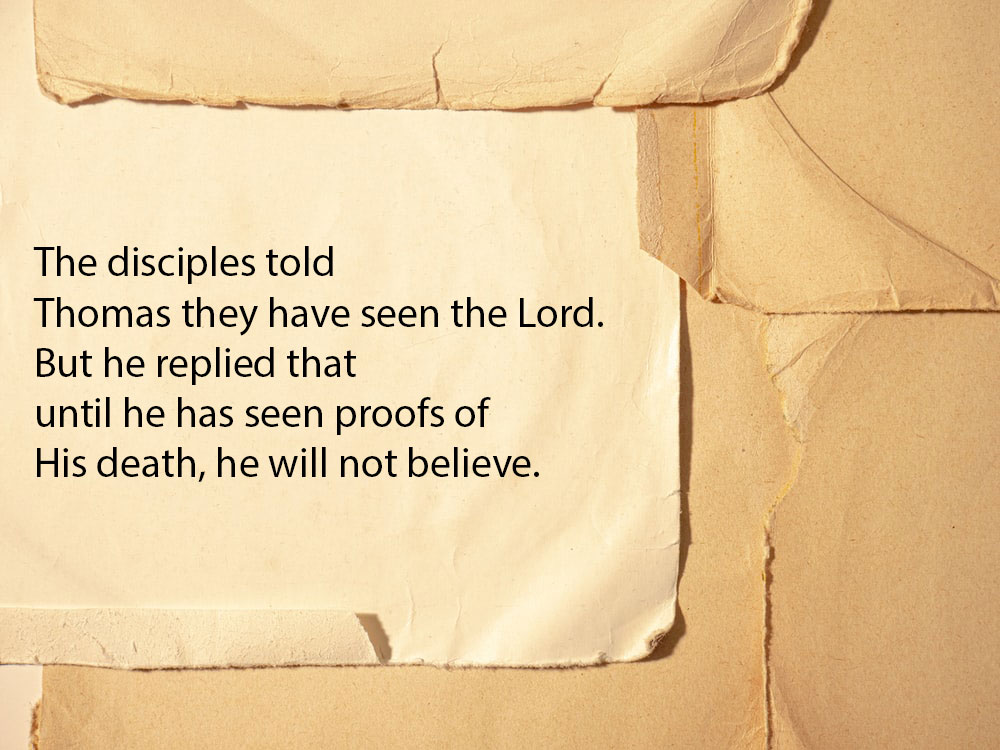Post Credit: Rome Reports
One of the papacy’s most iconic symbols is the Popemobile. It’s how Popes make themselves closer to people: traveling to be among their flock.
But for a 2,000 year old job, the Popemobile is a relatively new innovation. Here’s a guide to how the vehicle evolved in recent years.
At the very beginning of the 19th century, Pope Pius VII became the first Pope to use a carriage. Though they didn’t call the vehicle a Popemobile in 1800, he was the first to use one. Different papal carriages, once pulled by horses, are now on display in the Vatican Museums.
The first papal automobile was introduced in 1929. Although cars had been available for decades, Popes had been confined to the Vatican since the collapse of the Papal States in 1870.
Pope Pius XI rode in a 1929 Graham Paige Type 837 during the first trip a Pope took outside of the Vatican in more than half a century. In 1930, he received as a gift a Mercedes-Benz Nürburg, the first of many papal Mercedes.
In 1960, Mercedes-Benz again donated a car to the Pope: this one a convertible for Pope John XXIII.
Pope Paul VI used several different cars, such as the Lincoln Continental and the Mercedes-Benz 600 Pullman. He also used the classic white truck Popemobile that has become most strongly associated with papal travel.
During his nearly three-decade pontificate, Pope John Paul II rode in plenty of different Popemobiles: from a Ferrari to a bus with glass sides.
Perhaps the most iconic is the one he was shot in: the 1973 Fiat Campagnola that had been used by Pope Paul VI before him.
Images of Popes Francis and Benedict XVI usually show them in similar vehicles, albeit with improved security.
But Pope Francis is also known to have an affinity for small, efficient cars. He made quite a stir during his trip to the United States when, after greeting the president, he stepped into this Fiat.











